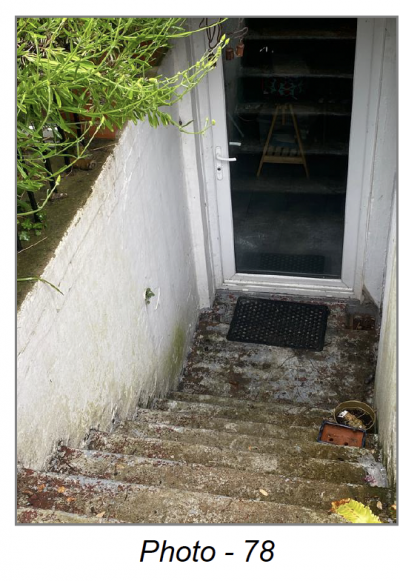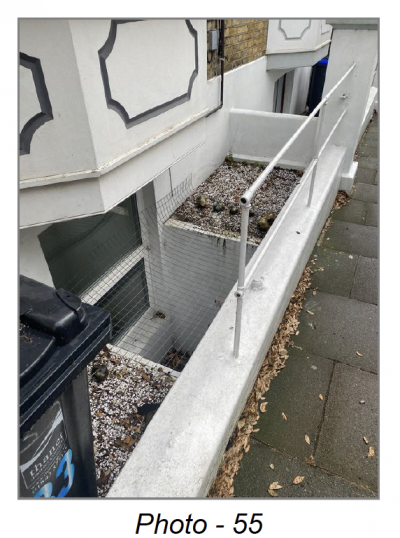mavisbeacon
Member
- Messages
- 1
- Location
- Ramsgate
Hello,
I've recently moved in to an 1877 Victorian Villa which has a lower ground floor / basement that I think has always been a habitable part of the house.
We know there is an issue with the roof and guttering which is causing some damp both here and in other areas of the house, we are looking to rectify that first.
However I think the basement has a secondary issue, firstly it has a solid concrete floor which my research tells me won't be helping and secondly the drains run somewhere beneath the house and there's currently a random load of pipes feeding a hopper which is then feeding a very small open drain which seems a bit inadequte in this day and age.
My intention is to dig up the concrete floor and then lay a semi-permeable membrane and a non-wicking recycled glass aggregate, I could then look at UFH or simply just apply a lime screed. My understanding is this will then make the floor breath? Does this make sense or is there another solution?
My other question is that the house is in a hill and the lower ground floor is below road level and at both the front and the back the main external walls have what I can only describe as large retaining blocks (pictures below) - I don't know what they're made of or what impact they could be having on the damp issue.


I've recently moved in to an 1877 Victorian Villa which has a lower ground floor / basement that I think has always been a habitable part of the house.
We know there is an issue with the roof and guttering which is causing some damp both here and in other areas of the house, we are looking to rectify that first.
However I think the basement has a secondary issue, firstly it has a solid concrete floor which my research tells me won't be helping and secondly the drains run somewhere beneath the house and there's currently a random load of pipes feeding a hopper which is then feeding a very small open drain which seems a bit inadequte in this day and age.
My intention is to dig up the concrete floor and then lay a semi-permeable membrane and a non-wicking recycled glass aggregate, I could then look at UFH or simply just apply a lime screed. My understanding is this will then make the floor breath? Does this make sense or is there another solution?
My other question is that the house is in a hill and the lower ground floor is below road level and at both the front and the back the main external walls have what I can only describe as large retaining blocks (pictures below) - I don't know what they're made of or what impact they could be having on the damp issue.


